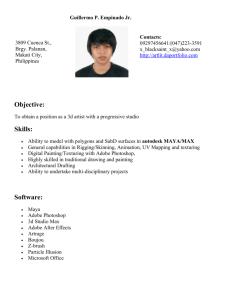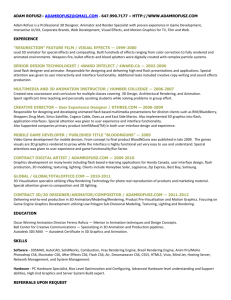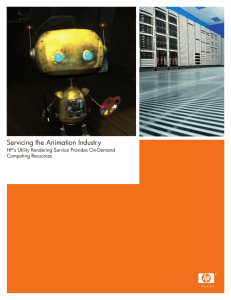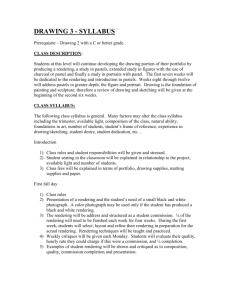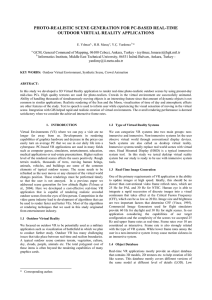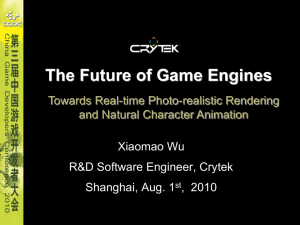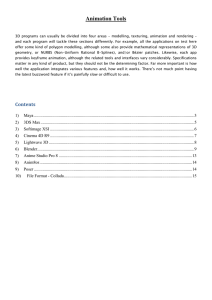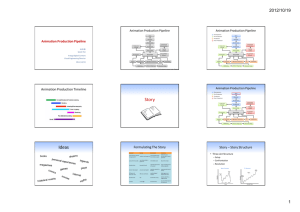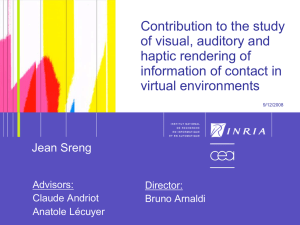COMP439 Game Programming
advertisement
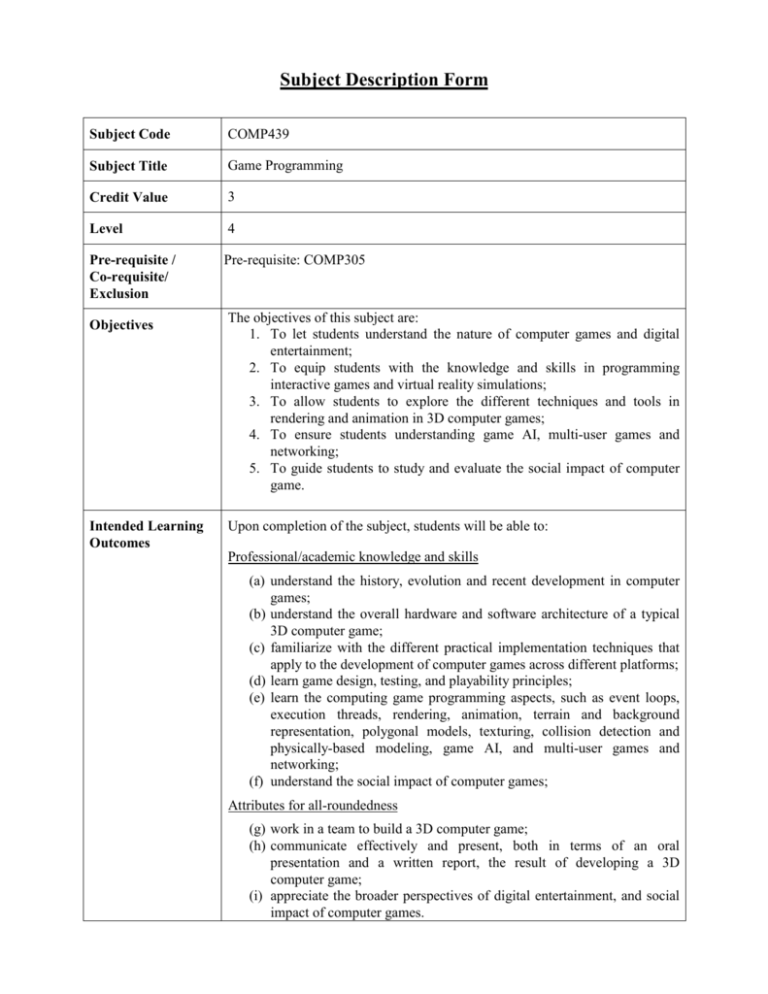
Subject Description Form Subject Code COMP439 Subject Title Game Programming Credit Value 3 Level 4 Pre-requisite / Co-requisite/ Exclusion Pre-requisite: COMP305 Objectives Intended Learning Outcomes The objectives of this subject are: 1. To let students understand the nature of computer games and digital entertainment; 2. To equip students with the knowledge and skills in programming interactive games and virtual reality simulations; 3. To allow students to explore the different techniques and tools in rendering and animation in 3D computer games; 4. To ensure students understanding game AI, multi-user games and networking; 5. To guide students to study and evaluate the social impact of computer game. Upon completion of the subject, students will be able to: Professional/academic knowledge and skills (a) understand the history, evolution and recent development in computer games; (b) understand the overall hardware and software architecture of a typical 3D computer game; (c) familiarize with the different practical implementation techniques that apply to the development of computer games across different platforms; (d) learn game design, testing, and playability principles; (e) learn the computing game programming aspects, such as event loops, execution threads, rendering, animation, terrain and background representation, polygonal models, texturing, collision detection and physically-based modeling, game AI, and multi-user games and networking; (f) understand the social impact of computer games; Attributes for all-roundedness (g) work in a team to build a 3D computer game; (h) communicate effectively and present, both in terms of an oral presentation and a written report, the result of developing a 3D computer game; (i) appreciate the broader perspectives of digital entertainment, and social impact of computer games. Subject Synopsis/ Indicative Syllabus Teaching/Learning Methodology 1. Introduction and game history Early origins of video games and computer game programming; arcade games; some popular home game systems; game design methodology and principles; current development in computer game industry. 2. Game software, hardware and platforms Different game platforms: Web-based, console-based (e.g., play station, X-box, game cube), PC-based, handheld games, mobile and wireless game platforms. 3. Programming techniques in computer games 3D models, geometry, rotation, and quaternion interpolation; camera control, texturing, terrain, lighting, level of details (LOD), collision detection; shading, non-photorealistic rendering, image-based rendering. 4. Game behavior and game AI Algorithms in game animations: acceleration, motion analysis, game physics, collision detection, and the like; game AI, such as path finding, chasing and evading, pattern movement, flocking, obstacle avoidance, swarming, learning the opponent behaviors; search and heuristics in games, finite state machines, decision trees. 5. Languages and tools in game programming Java 3D, Maya, 3D studio max, VRML, X3D, Virtools, and other authoring tools for various components in the game, such as graphics, audios, sound digitizer, and the like. 6. Social impacts of computer games Gender, race, social and cultural characteristics in computer games; youth violence and digital entertainment software rating; future of computer games. Lectures During the lectures, students will come across the common concepts, methods, and issues in computer game analysis, design and development, and will be supplemented by exercises in games evaluation, and development. During the labs / tutorials, students will have the opportunity to practice, apply, and present what they have learned, and form in groups to develop a computer game which forms a major output of this subject. Assessment Methods in Alignment with Intended Learning Outcomes Specific assessment methods/tasks % weighting Intended subject learning outcomes to be assessed (Please tick as appropriate) a Assignments Lab exercises Projects Mid-term Final Examination Total Student Study Class contact: b c d e f g h i 55% 45% 100 % Effort Expected Lecture 26 Hrs. Tutorial/Lab 13 Hrs. Other student study effort: Reading List and References Coursework and project 66 Hrs. Total student study effort 105 Hrs. Textbooks: 1. 2. Rick Rarent, Computer Animation: Algorithms and Techniques, 2nd Edition, 2008. Allen Sherrod, Ultimate Game Programming with DIRECT X, 2006 Reference Books: 1. 2. 3. 4. 5. 6. Mat Buckland, Programming Game AI by Example, 2005 Peter Walsh, Advanced 3D Game Programming with Direct X 9.0. 2003 Kenny Erleben, Jon Sporring, Knud Henriksen, and Henrik Dohlmann, Physics-Based Animation, 2005. David M. Bourg, Physics for Game Developers, 2002. Grant Palmer, Physics for Game Programmers, 2005. Steve Rabin, Introduction to Game Development, 2005.







